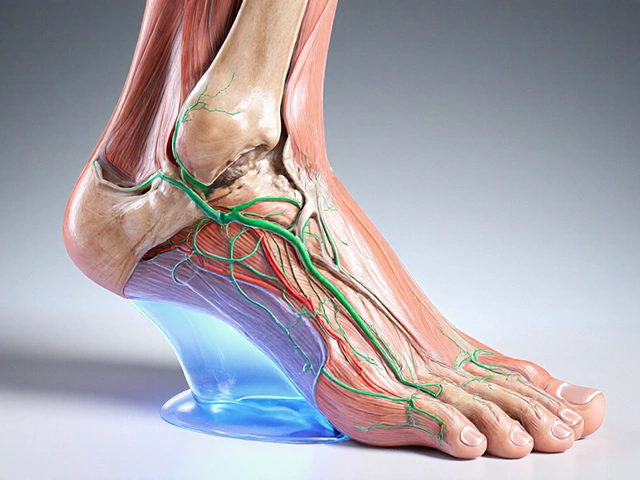Inhaler comparison: Which inhaler fits your lungs and life?
Which inhaler actually helps you when breathing gets hard? The device matters as much as the medicine. A poor match between you and your inhaler can leave symptoms uncontrolled even if your prescription is correct. This guide compares common inhalers in plain language so you can talk to your clinician with confidence.
How each inhaler works — quick and practical
Metered-dose inhaler (MDI): a press-and-breathe spray. Great for rescue meds like albuterol. Needs coordination or a spacer. Small, portable, and fast.
Dry powder inhaler (DPI): you inhale a dry powder dose. No spray, but you must breathe in strongly. Good for people who struggle with timing, but not ideal during a severe flare when inhalation power is low.
Soft-mist inhaler: delivers a slow-moving mist. Easier to inhale correctly than MDIs, and less dependent on strong breaths than DPIs. Often pricier.
Nebulizer: turns liquid medicine into a steady mist you breathe through a mask or mouthpiece. Useful for young children, very old adults, or severe attacks. Bulky and needs power or batteries.
Which inhaler fits you? Match the device to real needs
If you have trouble coordinating inhale and pressing a canister, ask for a spacer with an MDI or try a soft-mist inhaler. Spacers improve drug delivery and make MDIs work like a charm for kids and older adults.
If you’re active and need portability, MDIs and small DPIs win. If you often get breathless quickly or have weak inhalation, avoid many DPIs during attacks—nebulizers or soft-mists are safer then.
Cost and availability matter. Brand devices may be more expensive. Generic MDIs or DPIs can work the same but check compatibility with your medication. Some inhaled drugs are only available in specific devices.
Technique beats fancy brands. For MDIs: shake, exhale, seal lips, press and inhale slowly, hold for 10 seconds. For DPIs: load dose, exhale away from the mouthpiece, inhale fast and deep, hold. Practicing with your nurse or pharmacist makes a real difference. I recommend a quick demo at every visit.
Care and storage: keep DPIs dry and avoid humidity. Clean MDIs and soft-mist mouthpieces weekly. Nebulizer parts need daily rinsing and weekly deeper cleaning to avoid germs.
Final practical point: ask for a return-demonstration at your next appointment. Try the device before you leave the office if possible. Small fixes—using a spacer, changing device type, or switching medication format—often stop repeated ER visits and make daily life easier.
If you want, I can summarize the pros and cons for a specific inhaler you use now. Tell me the device name and your main problem (coordination, cost, frequent attacks), and I’ll give tailored tips.





